
Sungai Sumun was a row of shops seventeen miles from Teluk Anson on the Bagan Datoh Road. There were a couple of general stores, a tailor’s shop selling sarong batik and two food shops. Every day we could get a different curry at one or the other of them. They weren’t the kind of places for ladies to sit down to eat, really, so a boy would bring them to our house, wrapped up in banana leaves. We always tried to have one of these curries on chicken day and fish day although all were tasty. There would be a lump of the protein curry, meat, fish or lentils, and a separate vegetable stew, held in position by a quantity of the local semi-polished rice.Miss Malar and I lived over the road in a concrete house reserved for teachers. (Sungai Sumun’s other claim to fame was that it was the home of the local Primary and Secondary schools and a Clinic serving the large rural and otherwise invisible community.) The ethnic Malays of the area lived in wooden houses down long winding tracks off the road. Access was on foot, bike or motorbike and it was common to see a family of five emerge from one of these tracks all piled onto a small Honda bike. The Indians often lived on the large rubber and cocoa plantations that surrounded Sungai Sumun – or were shopkeepers. There were also quite a few Chinese – they often had shops, too, or administrative roles on the plantations.
We were among the few who actually lived in the ‘village.’ There was a big lockable gate into our little house. It was half covered with Bougainvillea most of the time but neither of us was a gardener and it looked pretty. At the back of the house, through double doors leading out from the sitting room, was an expanse of grass. We didn’t cut that either, at least not to start with. One day I came home first and opened the door to the sitting room; my immediate thought was that Malar had left a kettle on and gone out. Then I remembered that we didn’t have a kettle anywhere, let alone in the sitting room – so I stopped and had another look. There in the middle of the room was a cobra, head raised and hissing at me in a most unfriendly manner. I retreated and called on our lovely neighbour Harun who saw it off and commented that it wasn’t very wise to have waist high grass right up to the doors and windows of the house. We had the grass cut after that and the cobras restricted themselves to the bowl of the loo – there would have been some advantages to having the same kind of toilet that everyone else had, I suppose..Every night I went to bed to the noise of insects, sounding just like a tap left running. I was woken by the call of the muezzin summoning people to prayer from the field at the bottom of our ‘garden.’ Sungai Sumun mosque was a wooden structure abutting our fence and, the mosque not being big enough to justify a full-time imam or muezzin, had a tape recorder and speaker on a high structure next to it. Electricity was pretty basic and unreliable so I suppose someone must have had to go up and turn it on. I still love the sound of the call to prayer. Five times between dawn and dusk, as the sun crosses the sky this prayer goes out; as the world rotates and the sun reaches other parts the call to prayer continues round the planet like a Mexican Wave. In Mongolia, Nepal and McCloud Ganj, where the Tibetan exiles are based in northern India, prayer flags release mantras and blessings into the wind that disturbs them and on to everywhere that that wind travels. All those prayers… doing their best

Next to the bedroom was the bathroom, a windowless, unlit room containing a large concrete tank which could be topped up with cold water. There were plastic saucepans to scoop water with – this was the shower. The room was cool and damp with mossy walls, a haven for frogs. A frog feels very similar to a rubber flip-flop in the dark, I found. The kitchen had its wildlife, too. There was a basin there with a tap and a double ring burner, upon which Malar cooked the most amazing curries with our one kwali and our solitary saucepan. We had a cupboard that stood in saucers of water to keep the ants out of the food but the main invaders were the cockroaches. They were three or four inches long and indestructible. We bought cockroach powder in sachets, we poured hot and cold water on them, we hit them with shoes – but still they kept on coming. I was merciless; I was vindictive; I was full of hate for this one of God’s creatures – and quite obsessed with my attempts to slaughter them.
Miss Malar

This is Miss Malar was the Deputy Head of the Primary School and I shared the house with her for a year and a half. She sailed into my life, a large lady with flowing saris and smiling eyes. She was laid back, self-indulgent, a bit lazy, warm-hearted and so, so funny. She had lived in the area all her working life and knew everyone. She knew all the stories, and the rumours; she could come up with the low-down on every family within a radius of ten miles, at least. She knew the girl who was cursed by her parents’ enemy and how she had died. She knew which O level student had been killed by a falling coconut and which Shakespeare play she was reading at the time. She knew who had knocked over the young boy as he played by the road and had then driven off ( a friend of mine, as it happened.) She had a teacher on her staff whom she managed not to speak to for many, many years ever since the time his brother who was ‘a little cracked’ came into the school, announcing he was a School Inspector. He had stood on his head on a table in the staff room to declare his love for Malar. The teacher had said Miss Malar must have encouraged him to do this, hence her declaring him a ‘pariah.’ She knew the village headman who kept his lovely second wife a secret from the first one, a nurse, until the first wife found herself treating the younger woman’s child at a school clinic. The nurse had got the Bomo to put a charm on him so he could never see the young woman at night again, a situation which, Malar said, persisted until that very day. She knew all the tragicomic tales that make up life in a rural community and was the best raconteur I have ever known. I used to try and persuade her to write her stories down but she said she was too lazy! She came to England three times in later years, once in full sail as usual and then in much-diminished form after a doctor had read her the riot act. And then, one year, my Christmas Card was returned unopened.
I travelled with Miss Malar all over Malaysia visiting family and accompanying her on the school trips she organised for her tiny pupils. And then she joined me in India and Nepal when I was on my way back to England. Everywhere I was introduced to relatives and friends and made to feel at home. Back in Sungai Sumun, between us, we made our little house cosy and welcoming and I loved to get back there after my adventures in neighbouring countries and trips to the bright lights of KL and Malacca alike.
It was two other Primary School teachers, though, who took me to the festival in Bagan Datoh.
Bagan Datoh
February 1972 (Journal)
There were a couple of hundred or more people gathered by the jetty when Philomena, Sandra and I arrived at Bagan Datoh early on the morning of the festival. A man on the edge of the crowd was beating a drum, others were chanting. In the middle, a family consisting of mother, father, little boy and small girl, were falling into a trance; they were rocking backwards and forwards, sweat streaming. Two other young men were dancing with them At one point the drums stopped and someone screamed. The next time I could see through the crowd one of the young men had a metal rod poked through both cheeks and his eyes were bulging and staring as he danced. The young father was shouting and snarling and massaging his son’s head while the woman and girl danced more slowly, eyes closed, exhausted-looking, as if in the face of some great tragedy or grief. I couldn’t imagine what the effect of such an emotional scene would be on a child – she can’t have been more than seven – or what effect seeing your parents in a trance like that would have.
Sandra, and one of my pupils who joined us, told us something of what was going on. Seemingly, one of the young men worked in the girl’s father’s shop. The animal-like shouts were when the men wanted something like a rod or contraption to carry: they can’t articulate properly when in a trance. The family was delaying the start of its journey to the temple because the boy couldn’t get sufficiently into the trance and could still feel pain. Apparently he hadn’t fasted properly during the week. Would-be celebrants can eat no meat in this time and must remain awake all night the night before the festival.

We were getting very hot and dizzy in the sun so we left and walked up the road to the Sunday Market, shaded by a huge tree near the road. There we had a drink and walked round the stalls. I bought some fruit and Philo bought a long sari petticoat. The market was a very small affair but by the time we were ready to leave, the first part of the procession, the two young men and some small boys, was going past in the road. Progress was slow as the men danced forward and back, then forwards and back. They were shouting and snarling and their eyes were staring and darting as if they were deranged, which I suppose they were, temporarily. We followed the procession round until we got to Sandra’s house where we went in to sit in the cool and dark at the back of the shop.
Sandra told me her mother could never go to the procession as she would go into a trance whenever she heard the music. As it was, she was sitting on the edge of the wooden platform where the family ate and didn’t see us. She just looked ahead and trembled. After about ten minutes she shook herself, stood up and went through to the kitchen to organise some food for us. She said that even hearing the procession go past in the street made her head go woozy. She had to mime most of it – but I understood. Sandra joined Philo and me in a hot curry off banana leaves – but the rest of the family was fasting.
After lunch we walked down to the temple: the festival was in honour of Marriaman, a Tamil god, female, of Rain and Nature. The main procession was still only just leaving the jetty so we decided to jump on a boat and go across to the the Spinney Estate on the other side of the river. It was cool and calm after the drums and heat of the morning so we stayed on the boat and persuaded the boatman to let us take turns driving it back to the jetty.
By the time we returned to the temple, the procession was coming in. One of the young men we had watched at the beginning came dancing in, right up to the god and shouted and gestured at the young father who was coming up behind: he, the father, had a huge wooden superstructure decorated with flowers and framed pictures of the gods on his back, attached to his skin with hooks. However, he couldn’t get into the temple entrance because the structure was so high. After several minutes he backed away and the wife and daughter came in. The young man with the rod in his cheek came and the rod was removed – he screamed and collapsed. A temple official put water on his head and eventually brought him round and then did the same for the others in the procession, one by one. Shout, collapse, return to normal. Shout, collapse, return to normal. I didn’t see any blood.

The dancing madmen became subdued and differed now from the spectators only in the state of their clothing. In all there must have been at least a dozen people deep in trances but not all had knives or hooks in them.The last person to be dealt with was the one who had arrived first; he had what looked like a toasting fork in his face. When it was removed he stayed in his trance and came over to Mariannam, where we were standing. He danced in front of the god for a while until the men who seems to be charge came and dragged him away. He struggled and fought and eventually collapsed. They were all surprisingly concerned to bring the dancers round quickly as if the collapse was not normal – they all did it though. One or two were waving canes around, occasionally hitting spectators. Sandra said if you were hit it was a punishment from the god for something you had done wrong.
We saw a man waking on sharp knife blades and others were burning logs beside the temple to get ready for the fire-walking later in the day. We didn’t stay for that, though. We just walked back to Sandra’s parents’ shop, sampling the free festival food on the way, and went home.
******
The previous month I had been to The Battu caves near KL for the Thaipusam celebration. The pictures are from that much bigger event, where taking pictures seemed much more acceptable.

 The town was quiet even by Spanish standards until around five o’clock when the storks flew home. There was a clattering and a clicking like a hundred woodpeckers. Apparently they are all just about mute but they clatter their beaks when they come home to greet their partners. Idle chatter or ‘Honey, I’m home!’?
The town was quiet even by Spanish standards until around five o’clock when the storks flew home. There was a clattering and a clicking like a hundred woodpeckers. Apparently they are all just about mute but they clatter their beaks when they come home to greet their partners. Idle chatter or ‘Honey, I’m home!’?







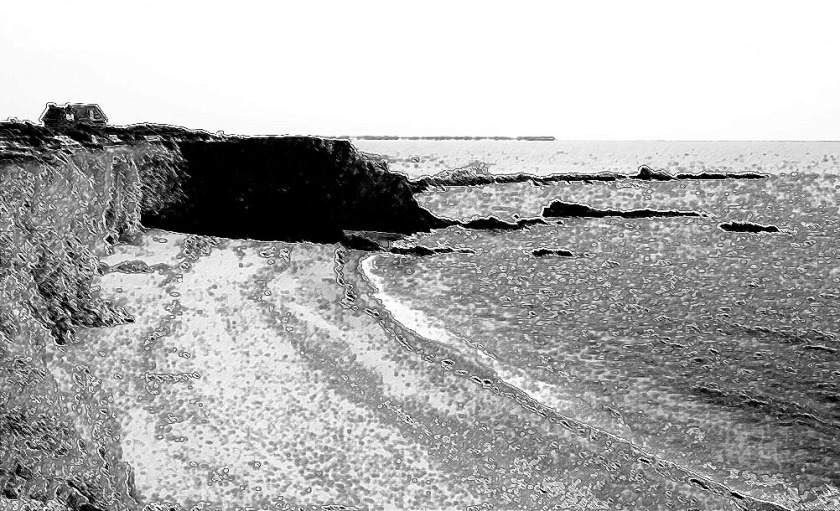
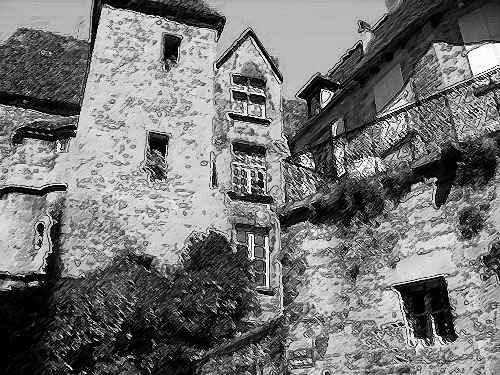
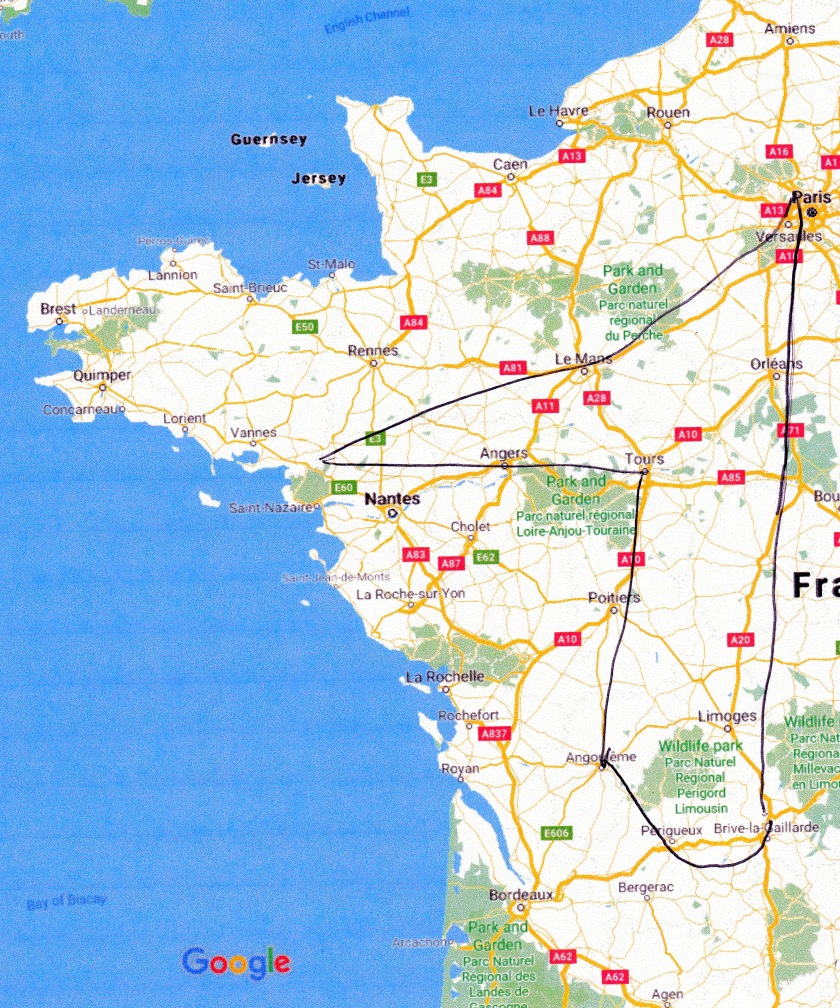






























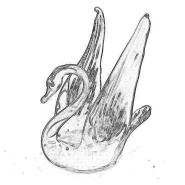 Murano, however, was where she relented. We trooped down past the colourful canal side houses and cottages to a back street and a dark shed where a young glass blower created ornaments to order. The furnace glowed scarlet and from the living balls of molten glass emerged a blue swan. Long necked and serene, an inch and a half high, it was the most beautiful thing I had ever seen.
Murano, however, was where she relented. We trooped down past the colourful canal side houses and cottages to a back street and a dark shed where a young glass blower created ornaments to order. The furnace glowed scarlet and from the living balls of molten glass emerged a blue swan. Long necked and serene, an inch and a half high, it was the most beautiful thing I had ever seen.











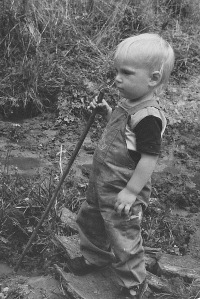
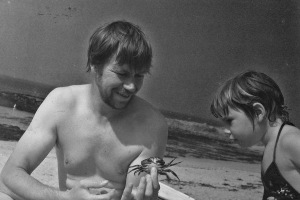


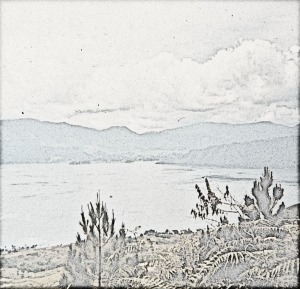






 First she sweeps the ash from the hearth in front of the iron stove onto a pan and then carefully removes the ash tray. She puts the ash from the pan into the tray and, after one final, careful sweep, takes it outside. On her return she pours dried dung pellets into the large hole in the top of the stove, adds a page of scrunched up newspaper and lights it. She replaces the lid over the hole and opens the shute at the side. When the fire has taken hold she replaces the lid with a large iron bowl that fits exactly. It has water in it. Then she goes to a small washstand, and using the water from a small plastic container suspended over the basin, she washes her face.
First she sweeps the ash from the hearth in front of the iron stove onto a pan and then carefully removes the ash tray. She puts the ash from the pan into the tray and, after one final, careful sweep, takes it outside. On her return she pours dried dung pellets into the large hole in the top of the stove, adds a page of scrunched up newspaper and lights it. She replaces the lid over the hole and opens the shute at the side. When the fire has taken hold she replaces the lid with a large iron bowl that fits exactly. It has water in it. Then she goes to a small washstand, and using the water from a small plastic container suspended over the basin, she washes her face.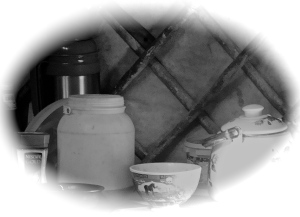 This is a cup of tea that will set you up for the day.
This is a cup of tea that will set you up for the day.